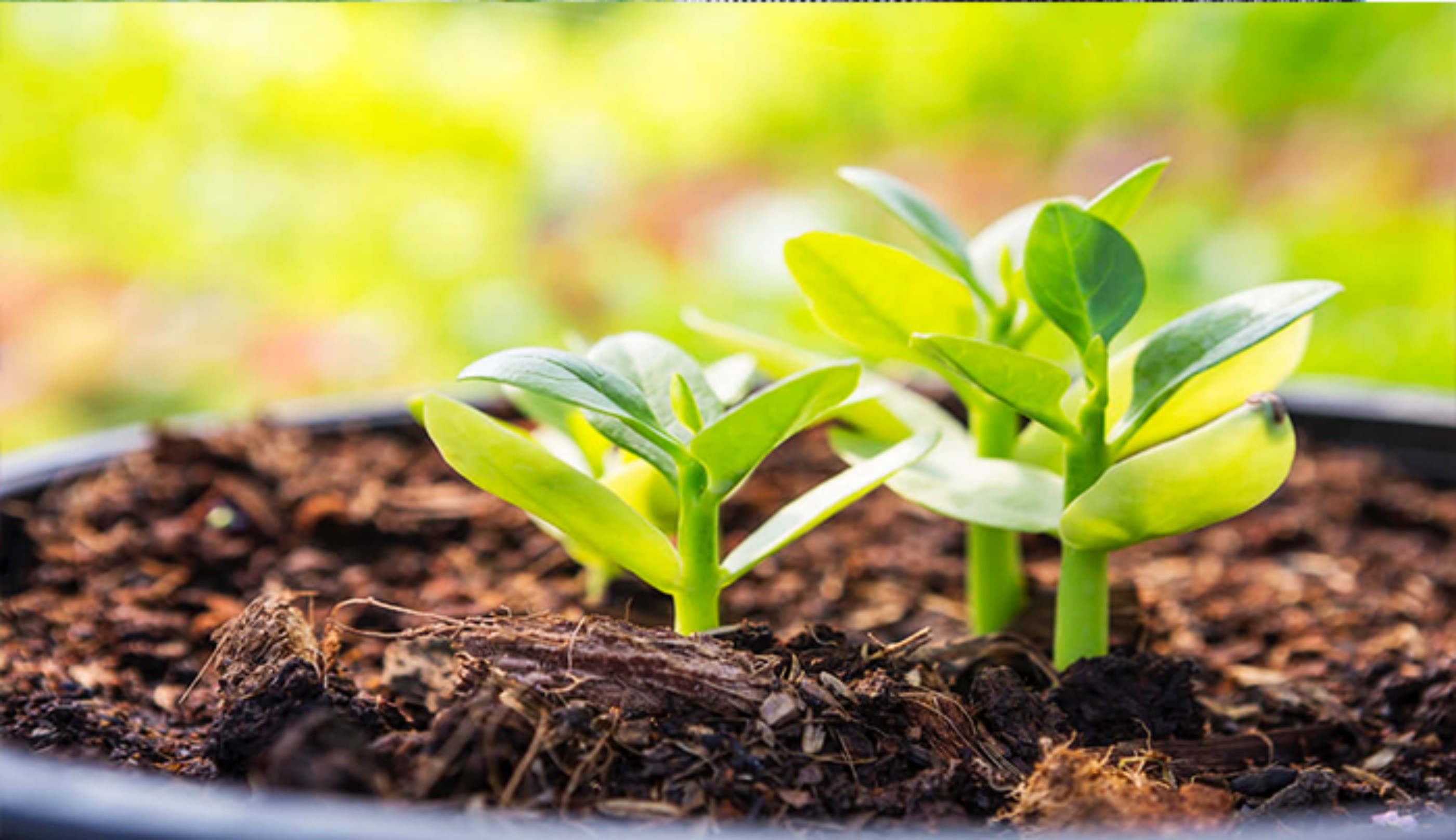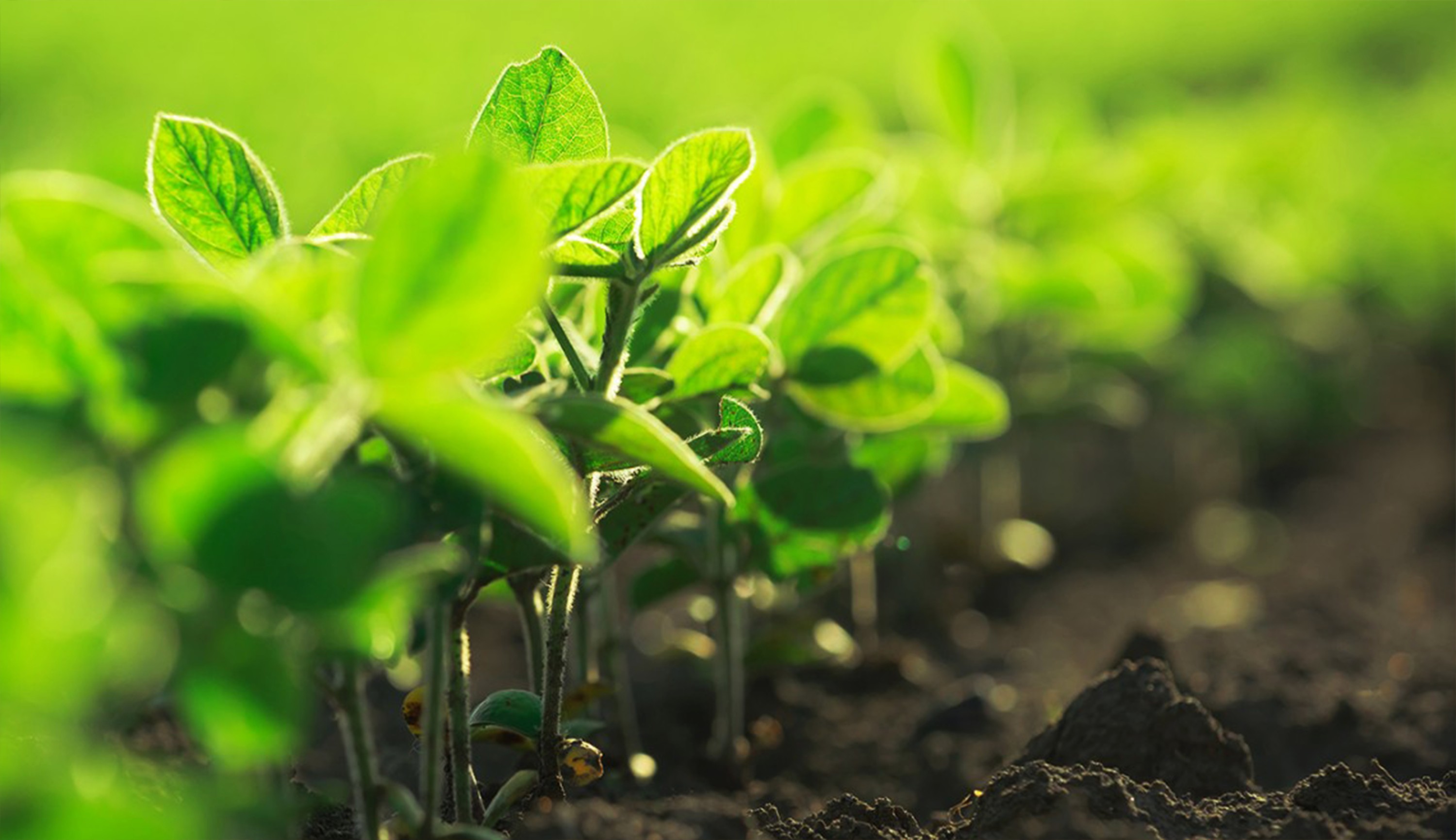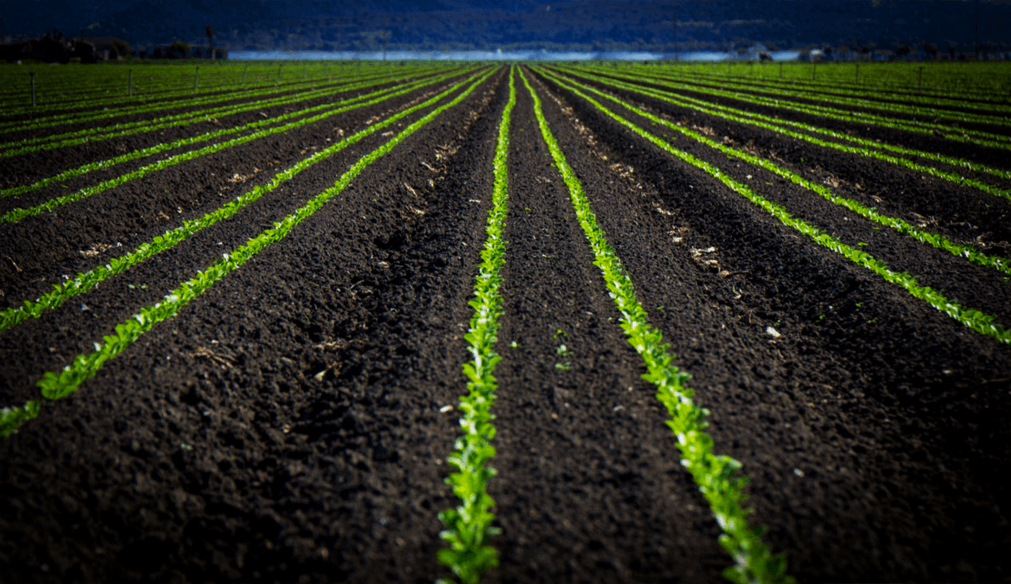Soil is the major component in a farm ecosystem. It acts as the main supportive structure for plants in agriculture and provides the main sources of nutrients and water to the plants. Soil is the combination of mineral fragments, water, air and organic matter. It’s mostly containing grains of rock weathered by wind, rain and a varying amount of humus. Among these, organic matter holds a 5% contribution to the soil. Organic matter contributes to the living hood of the soil. Organic matter is the heart of the soil which gives life to the soil.
Soil Organic Matter consists with,
- Fresh plant residues and Living organisms, including Micro and macro-organisms living inside the soil.
- Decomposing/act organic matter, includes physical breakdown and biochemical transformations of the organic compounds. The active fraction of organic matter readily changes the mass and form of the soil. This portion is unstable in the soil and mostly affected by management practices such as tillage, cover crops, crop rotations, irrigation methods and due to climatic factors such as temperature and rainfall etc. The rapid turnover of the active fraction can contribute to nutrient release for crops as for their requirement.
- Stable organic matter/ humus, the most valuable constituent of the soil. It consists of decomposed organic matter that has been converted by microorganisms to a resistant state of decomposition. Humus enhances the fertility of the soil by acting as a pool of nutrients, increasing the water holding capacity of the soil, improving soil structure, and providing a source of energy for living soil organisms.
- Biological Functions such as increasing the biological diversity and the microbial activity of the soil. Microorganisms excrete compounds that also act as a binding agent for soil particles, which can increase aggregate stability, water infiltration, and water holding capacity.
- Organic matter is a valuable nutrient source for plants and living organisms. For every % of Organic Matter in the top 6 inches of a medium-textured soil (silt and loam soils), approximately 10-20 lbs. of nitrogen, 1-2 lbs. of phosphorus, and 0.4-0.8 lbs. of sulfur are released per acre annually (USDA-NRCS, 2014). Other than that Organic particles contain sites of negative charges that attract and hold positively charged ions such as calcium, potassium, magnesium, and ammonium (nitrogen).
- Organic matter causes soil particles to bind and form stable soil aggregates, which improves soil structure.
- Improve the Water Holding Capacity of the soil. Organic matter behaves similar to a sponge, with the ability to absorb and hold up to 90% of its weight in water.
- Control the soil erosion by increasing the aggregating ability. It helps to stabilize the soil.
Increasing levels of Organic Matter improve the physical, chemical, and biological functions of the soil.
Therefore maintaining soil organic matter content helps to maintain healthy soil and increase the soil productivity.
HOW TO INCREASE SOIL ORGANIC MATTER?

Several factors such as climate, soil type, a crop grown, and specific management practices can each influence the amount of soil Organic Matter regionally or in specific fields. Minimize tillage or adopt a no-till cause to slower the soil organic residue decomposition and gives greater protection to the soil from erosion. Add crop residues to the soil including cover crops, organic matter (ex: compost, residues,), or growing a high biomass/yielding crop rotation. That helps to protect the soil surface from raindrop impact, and erosion and adds carbon back to the soil. Use soil analyzing methods to determine the exact composition of soil organic matter that is needed to add to a particular soil by Elzian Agro.
To manage the organic matter composition of the soil, new innovative technology must be born.
In such cases, low cost and high-quality sensing options are a top priority of Elzian Agro. An example wireless sensor network (WSN). This application is helpful for environmental monitoring. WSN provide a virtual connection with real field phenomenon for a low cost.it facilitates determining the stock of organic C in soil, soil organic C concentration, bulk density, gravel content etc.
Soil organic matter plays a major role in sustaining ecosystems by regulating nutrient cycles and improving physical properties as described earlier. It is an important source of nitrogen, phosphorus potassium, other macronutrients and other micronutrients. The quantity of soil organic matter is dependent on the balance between usability and the speed of decomposition. It is difficult to predict the amount of soil organic matter because it is very heterogeneous and because its behavior is affected by soil texture. The presence of silt and clay generally preserves some C from primary production and increases soil organic matter under certain environments. Therefore determining the soil’s organic content is important to have a favorable farming ecosystem for crop production and the productivity of agriculture.
REFERENCES
- WILLIAM HORWATH, in Soil Microbiology, Ecology and Biochemistry (Third Edition), 2007
- Jeff Hatten, Garrett Liles, in Developments in Soil Science, 2019
- Shanying He, ... Virupax C. Baligar, in Advances in Agronomy, 2012
- https://www.researchgate.net/publication/312215779_Soil_Organic_Matter_Estimation_in_Pre cision_Agriculture_using_Wireless_Sensor_Networks
- https://www.cropnutrition.com/resource-library/five-benefits-of-soil-organic-matter
- https://www.researchgate.net/publication/257617187_Soil_organic_matter_sensing_with_an_ on-the-go_optical_sensor
 Posted on 18 May 2022 - Author (Kulakshi Gamage)
Posted on 18 May 2022 - Author (Kulakshi Gamage) 


.jpg)